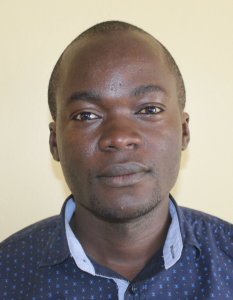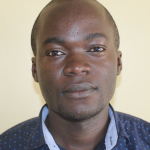The 634 students and staff of Kisasi Primary School have many problems as a result of its lack of clean and safe water. Currently, the primary water source for the school is a spring (that has not been properly protected) located far away and at the bottom of a very steep hill that is especially dangerous and hard to access during the rainy season.
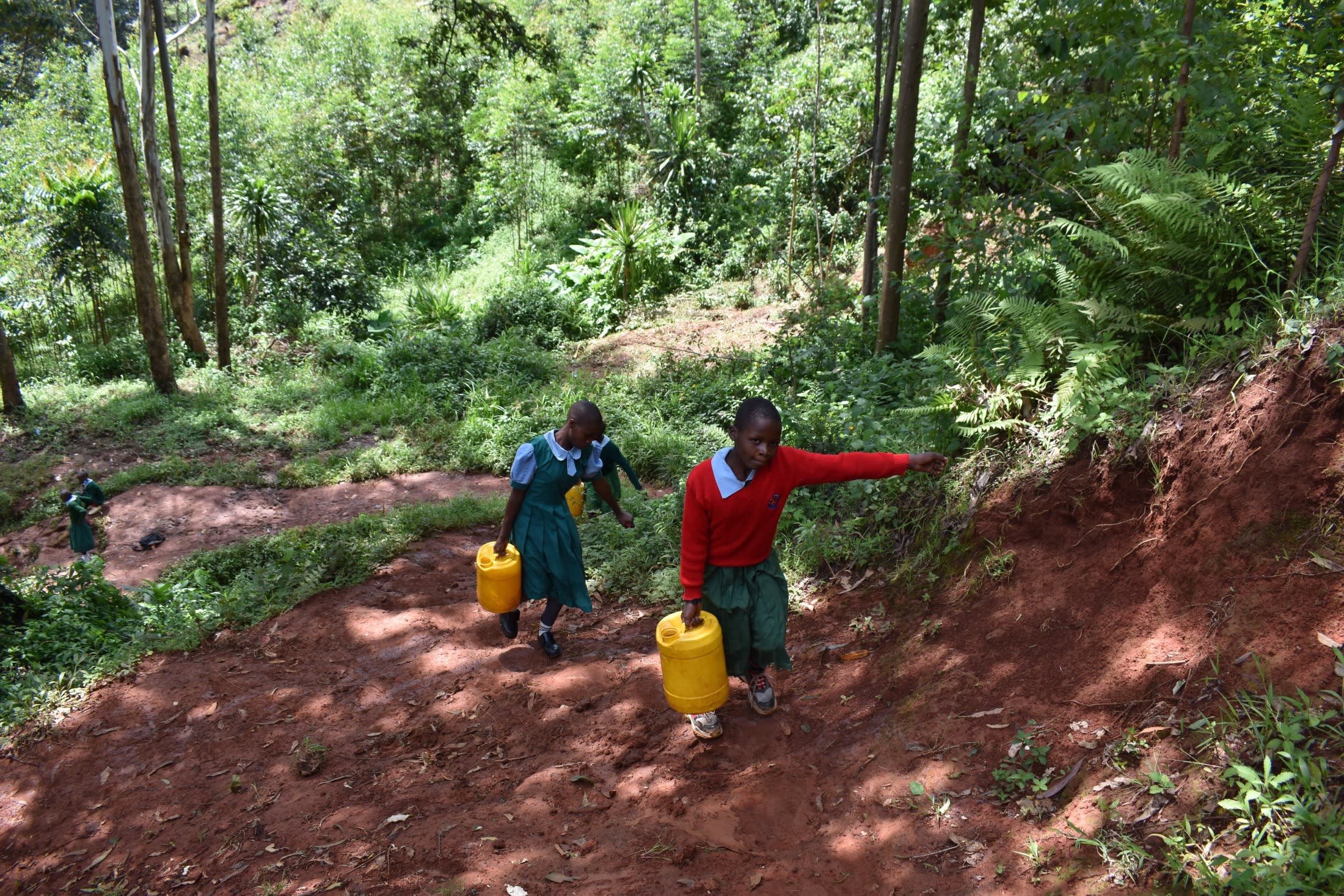
Poor academic performance by pupils can be attributed to wasted time fetching water from the spring during school hours and absences due to illnesses.
Dennis Kadukha commented, "As a teacher and parent of this school, water has really been a major problem to us. Academically, my pupils are affected much due to time-wasting looking for water, especially during morning lessons. Health issues are many in this school, which also contributes to [the] high rate of absenteeism among pupils."
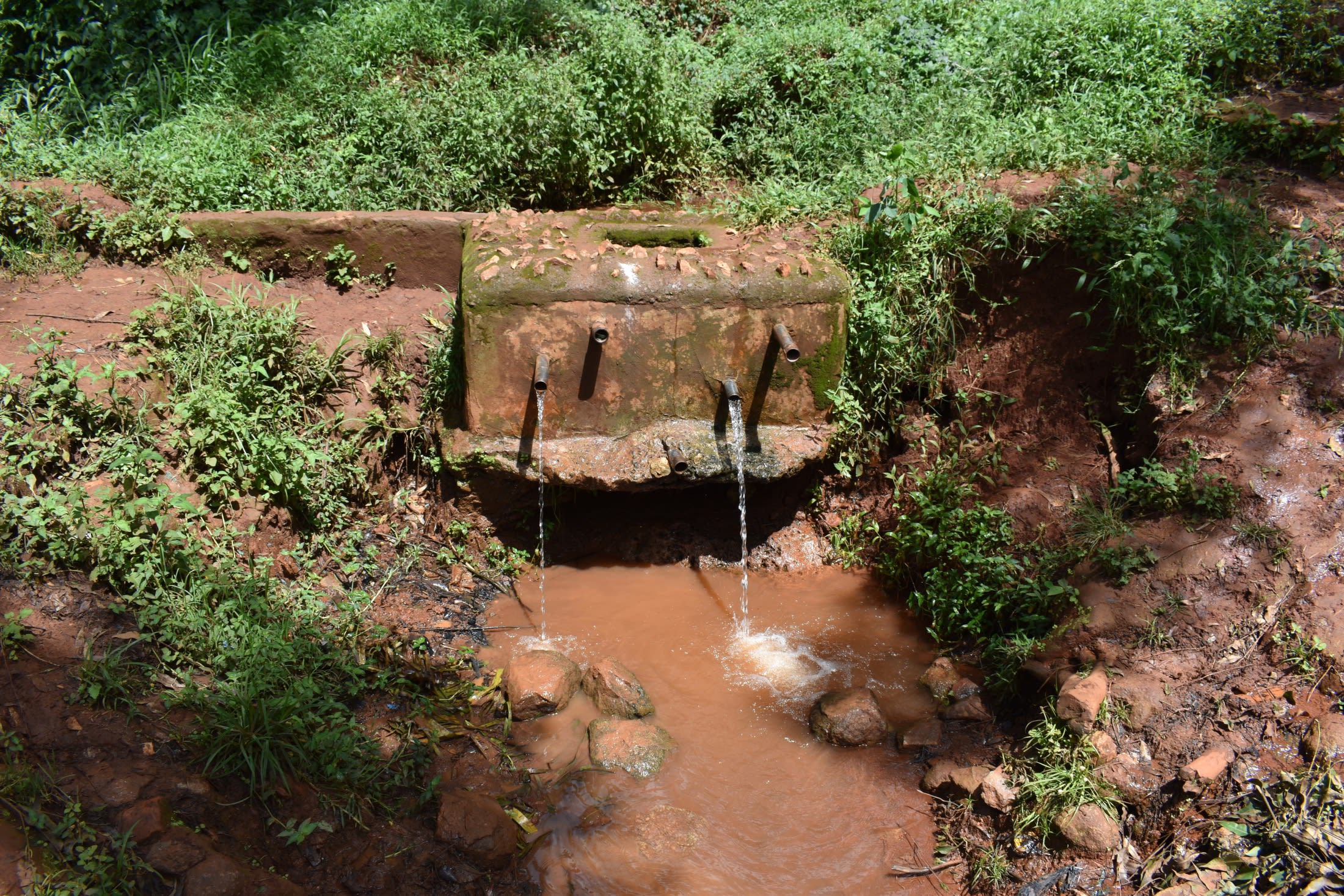
Because the spring is surrounded by forest and not properly protected, it is open to all types of contamination including fungus and mold. The contamination contributes to students suffering from various water-related diseases such as cholera, typhoid, fever, and diarrhea.
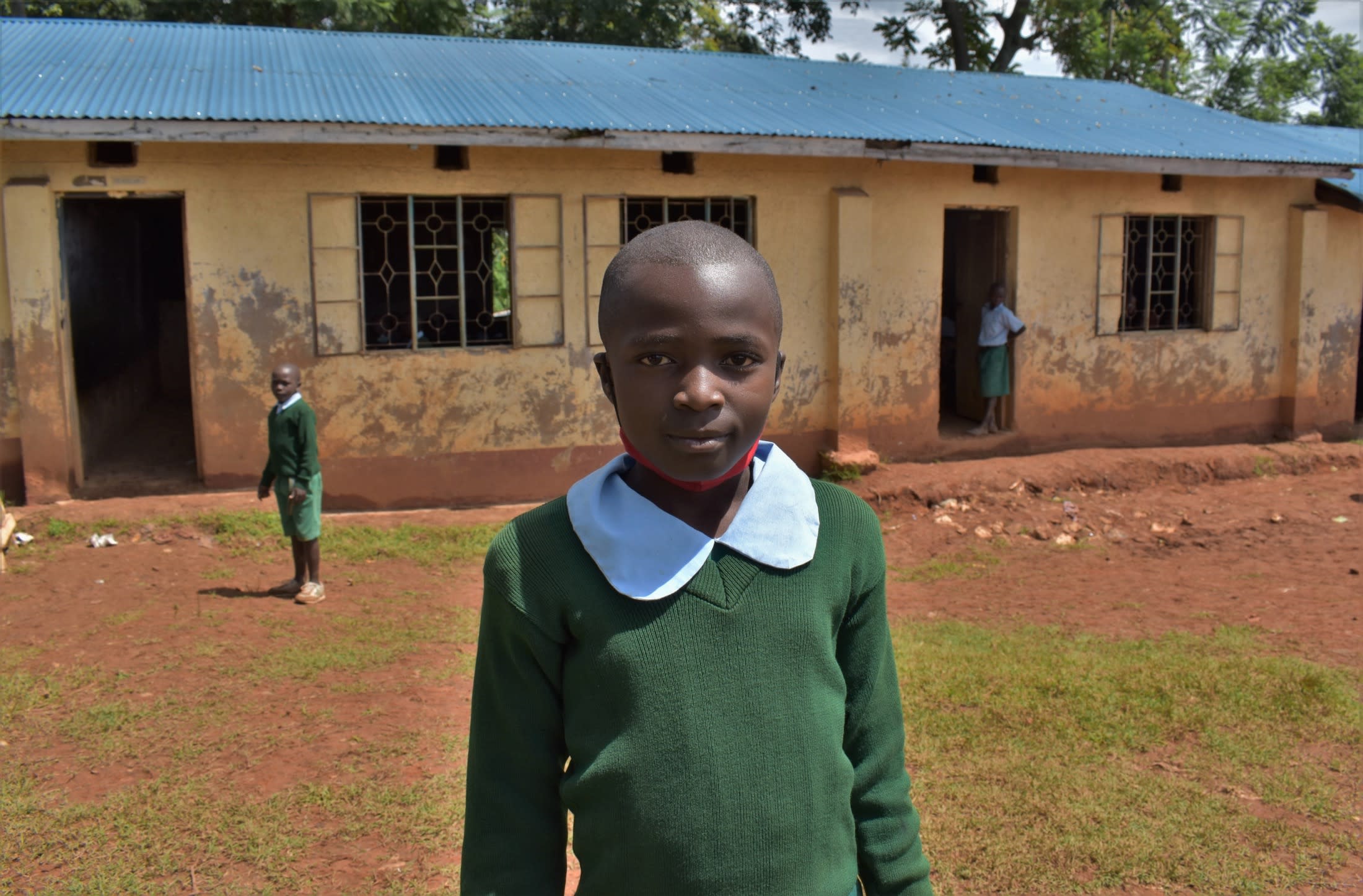
"As a pupil of this school, I have been affected with the current situation in which [the] majority of us waste much time looking for clean, safe water, hence academically we cannot engage in book-reading much. Cleaning the entire school is not up to standard, especially during [the] dry season when there are water shortages and also [the] absenteeism rate among pupils is high," said Shalline J. (pictured above), a female student.
The new rainwater tanks will ensure that the school can achieve progress in school projects and students achieve better academic performance.
What We Can Do:
Two Rain Tanks
Two 75,000-liter rainwater catchment tanks will help alleviate the water crisis at this school. The school will help collect the needed construction materials such as sand, bricks, rocks, and water for mixing cement. We will complement their materials by providing an expert team of artisans, tools, hardware, and the guttering system. Once finished, these tanks will begin catching rainfall that will be used by the school's students and staff for drinking, handwashing, cooking, cleaning, and much more.
We and the school strongly believe that all of these components will work together to improve standards at this school, which will lead to better student academic performance and help to unlock the potential for these students to live better, healthier lives.
Handwashing Stations
The student health club will oversee the two new handwashing stations we will provide, and make sure they are kept clean and in working condition. The club leaders will fill the handwashing stations with water daily and make sure they are always supplied with a cleaning agent such as soap or ash.
VIP Latrines
Two triple-door latrine blocks will be constructed with local materials that the school will help gather—one block for girls and one for boys. All of these new latrines will have cement floors that are designed to be easy to use and clean. And with two rain tanks right on school property, there should be enough water to keep them clean.
Training on Health, Hygiene, COVID-19, and More
We will hold a one-day intensive training session with students and teachers. This training will cover a wide range of topics including: COVID-19 symptoms, transmission routes, and prevention; personal and environmental hygiene; and the operation and maintenance of the rain tanks, latrines, and handwashing stations. There will be a special emphasis on handwashing.
Our team of facilitators will use a variety of methods to train, including participatory hygiene and sanitation transformation, and asset-based community development. We will initiate a student health club, which will prepare students to lead other pupils into healthy habits at school and at home. We will also lead lectures, group discussions, and provide illustrative handouts to teach health topics and ways to promote good hygiene practices within the school, like handwashing and water treatment. We will then conduct a series of follow-up trainings before transitioning to our regularly scheduled support visits throughout the year.

 Rainwater Catchment
Rainwater Catchment
 Rehabilitation Project
Rehabilitation Project












